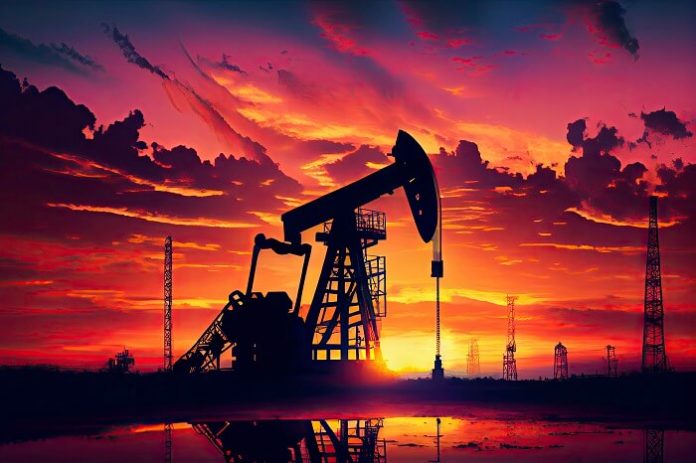India’s oil demand expected to climb by nearly four percent year-over-year in the December quarter, primarily driven by the festive season and the agricultural rabi season, according to ratings agency S&P Global.
“We estimate an annual increase of 50,000-55,000 barrels per day (b/d) for gasoline and diesel each in Q4 2024, though demand could see a slight impact from the northeast monsoon rains,” said Himi Srivastava, South Asia oil analyst at S&P Global Commodity Insights.
Meanwhile, Crisil Ratings anticipates that oil marketing companies (OMCs) might experience reduced profitability in 2024-25 due to softer global crude prices.
Higher-than-usual rainfall disrupted transportation, construction, and mining sectors, lowering oil demand in India. In September, diesel consumption dropped 2% year-on-year, whereas gasoline demand rose 3% year-on-year, though it declined from the previous month, as per S&P’s analysis.
However, India’s oil demand expected to climb with the onset of the festive season, which typically boosts consumption. India relies on imports for over 80% of its oil requirements.
According to Crisil, OMCs are likely to see reduced profits in 2024-25 due to the dip in crude prices, which fell to approximately $75 per barrel, down from $82 per barrel in the fiscal year’s first half.
In 2024-25, OMCs are expected to earn $12-14 per barrel, down from $20 per barrel in 2023-24, as discounts on Russian crude have lessened and inventory losses due to lower crude prices come into play.
“The discounts previously secured on Russian crude have diminished, and with oil prices averaging around $75 per barrel for the fiscal’s second half—down from around $82 per barrel in the first half—this could lead to inventory losses. Nonetheless, marketing margins (net of operating costs) should remain at approximately ₹4.5 per liter (~$9 per barrel), assuming retail fuel prices remain unchanged,” noted Aditya Jhaver, Director, Crisil Ratings.
As reported by msn.com, capital expenditure (capex) spending by OMCs is likely to increase their debt-to-EBITDA ratios. EBITDA represents earnings before interest, tax, depreciation, and amortization.
“Despite the potential for reduced profits year-on-year, the industry is expected to continue with capex, partly financed through debt. This could push the debt-to-EBITDA ratio for Crisil-rated OMCs to approximately 3 times in 2024-25, up from 1.9 times the previous year,” added Joanne Gonsalves, associate director at Crisil Ratings.
































